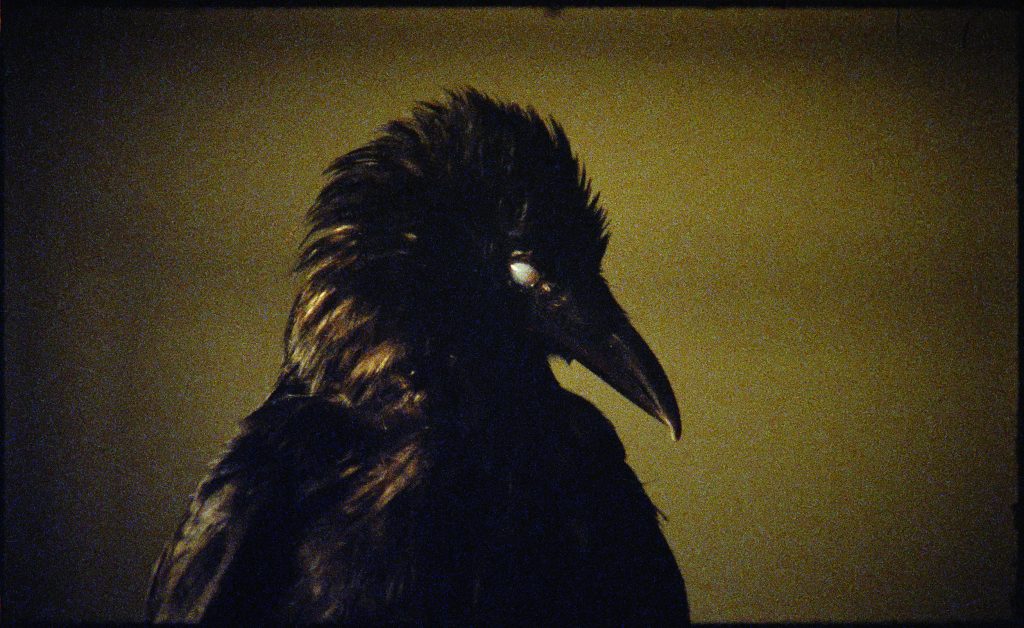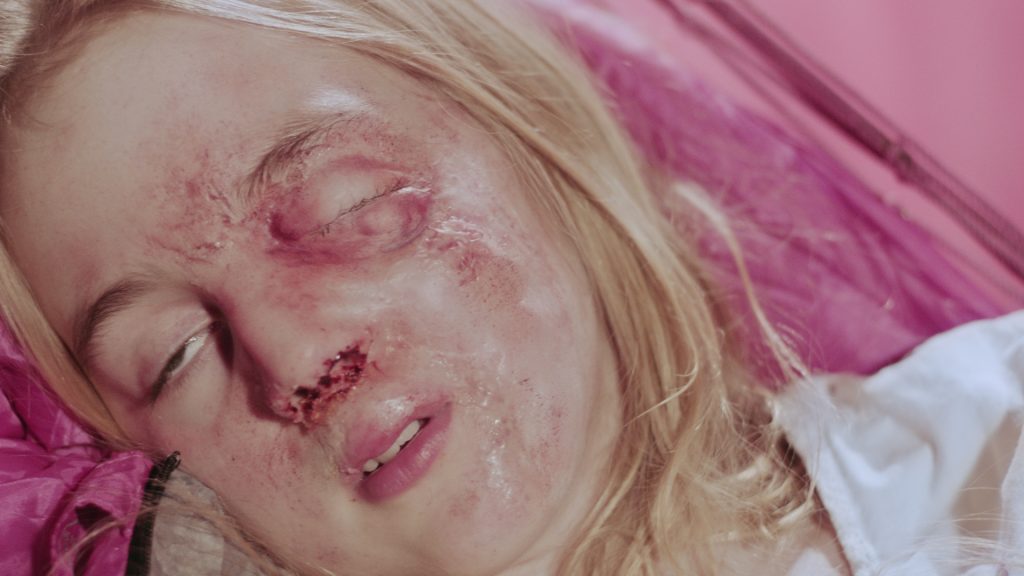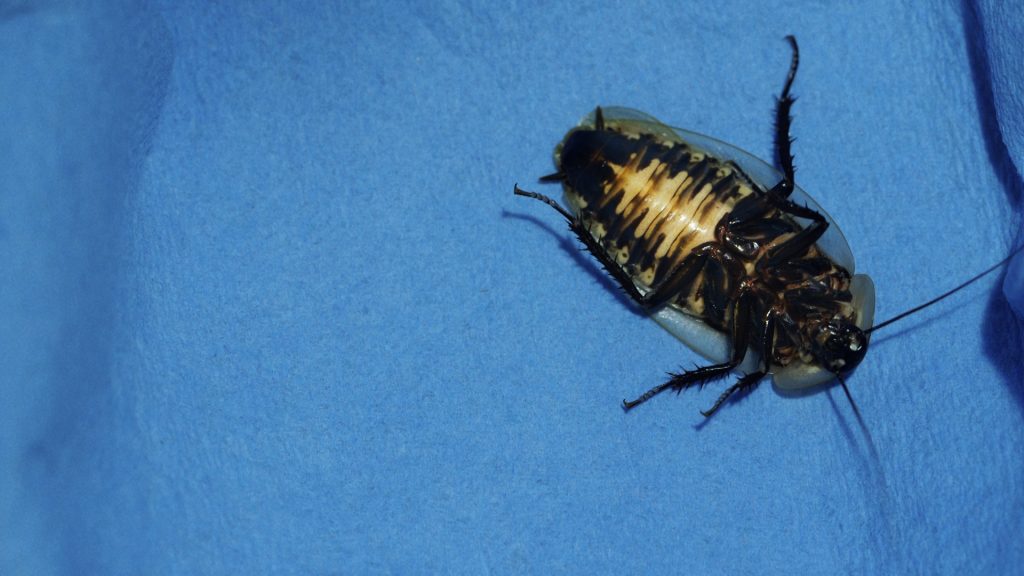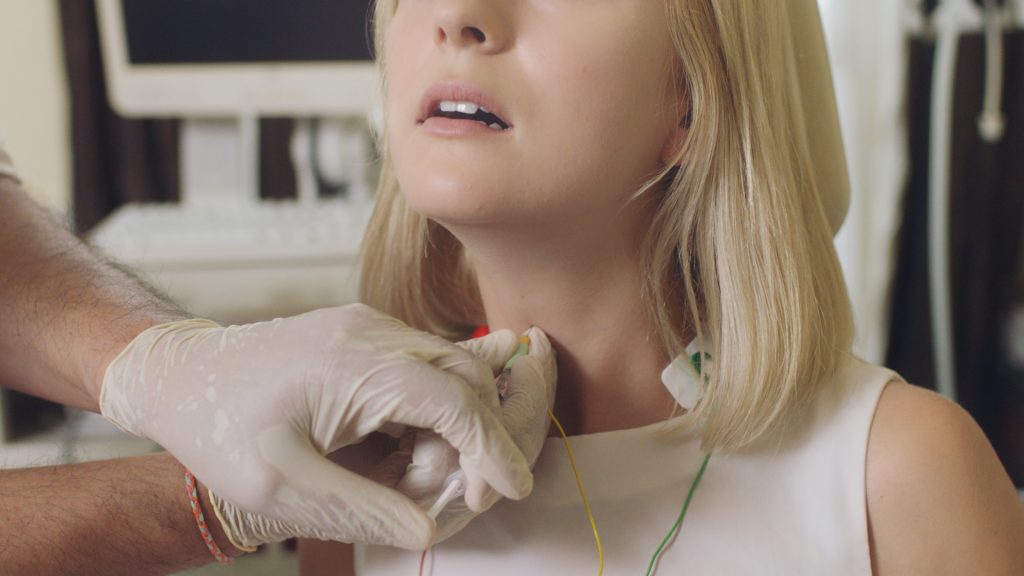Marianna Simnett’s films are tools to expose the hidden violent structures of the world. Skipping between different genres, from cinéma-vérité, to body horror, to West End musical, her games are played out in deadpan seriousness and gleeful humour.
Intensely crafted imagery and resonating soundtracks are signatures of Simnett’s eccentric storytelling. In the context of Videograms these films test our understanding of sickness, probe conventions and dissect oppressive social norms.
Marianna Simnett lives and works in Berlin. Her interdisciplinary practice includes video, installation, performance, sculpture and drawing. Simnett uses vivid and visceral means to explore the body as a site of transformation. Working with animals, children, organs and often performing herself, Simnett imagines radical new worlds filled with untamed thoughts, strange tales and desires.
Simnett has shown in major museums internationally. Recent solo exhibitions include those at Kunsthalle Zürich (2019), Frans Hals Museum, Haarlem (2019), Institute of Modern Art, Brisbane (2019), the New Museum, New York (2018) and Museum für Moderne Kunst, Frankfurt (2018). She is a joint winner of the Paul Hamlyn Award 2020, and she won the Jerwood /FVU Award in 2015 and was shortlisted for the Jarman Award in 2017.



